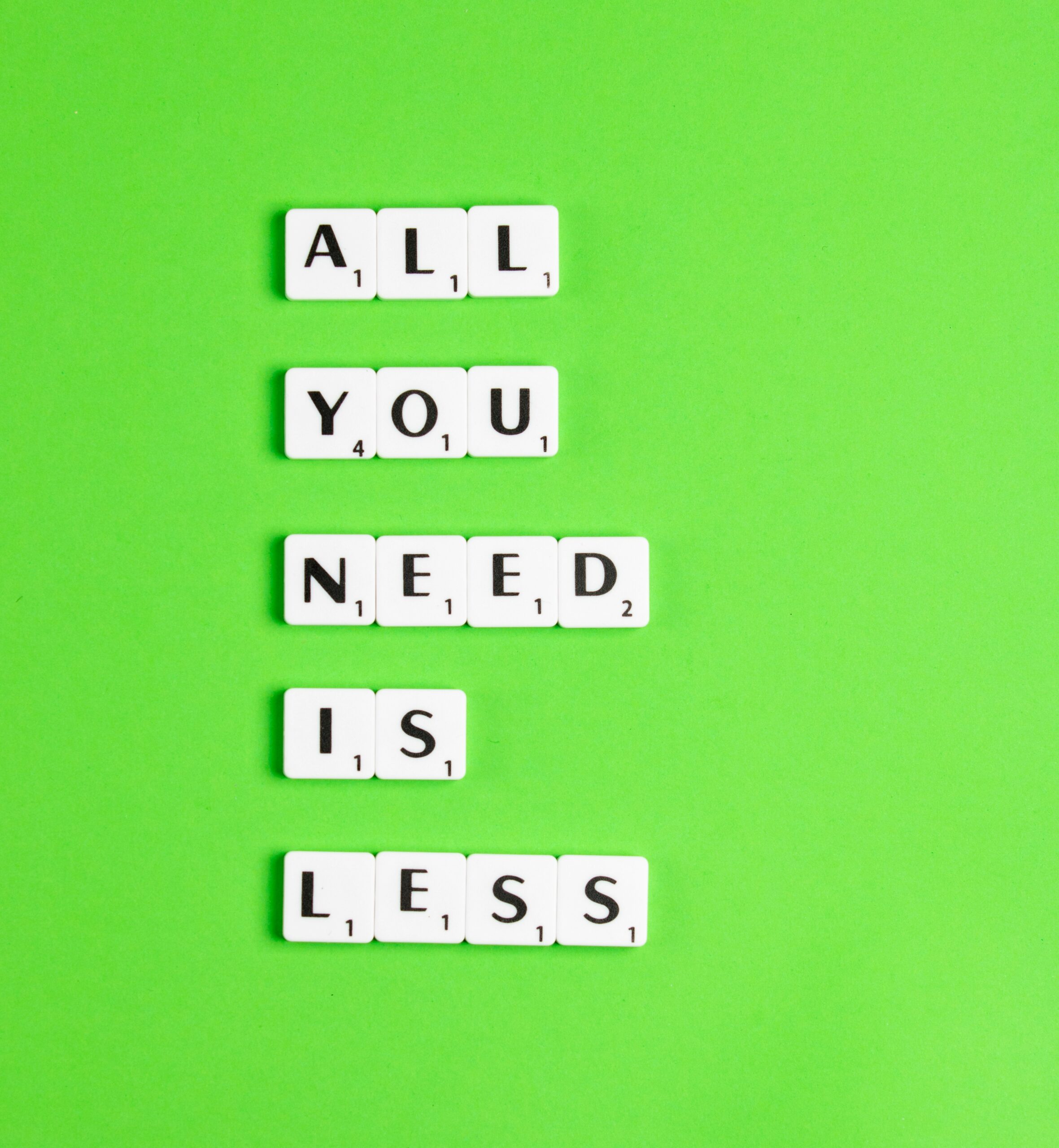 One of the most popular personal ads (yes this is going back to the olden days when people placed personal ads) in the New York times simply read ‘Bitter with baggage seeks same’. The ad struck a chord and brought a huge response from people all across the world, not just those who were reading the ads to find love. Whoever placed the ad, understood that most people looking in the personals were over duplicity and deceit, that personal ads were notorious for.
One of the most popular personal ads (yes this is going back to the olden days when people placed personal ads) in the New York times simply read ‘Bitter with baggage seeks same’. The ad struck a chord and brought a huge response from people all across the world, not just those who were reading the ads to find love. Whoever placed the ad, understood that most people looking in the personals were over duplicity and deceit, that personal ads were notorious for.
What a perfect place to start when crafting your messages to start by considering your audience’s needs and what really motivates them.
The most significant piece of work in this area is Maslow’s hierarchy of needs. What I have found interesting though is Tony Robbins take on Maslow in his TED Talk titled ‘Why we do what we do‘.
Robbins say people need first of all certainty, certainty that they can avoid pain or at least be comfortable. But you can almost see what is coming next! Humans are contrary so our second need is for uncertainty, variety indeed surprise. Our third human need is for significance, to feel special, unique, different. Our fourth need is connection and love but as Robbins says ‘Most people will settle for connection’.
As communicators we have to ask how does our communication satisfy these needs? None of us need help with certainty, in fact most of our communication has so much certainty that it is rendered predictable and boring.
Our challenge is how can we harness the power of the other needs like uncertainty, significance & connection? Is that even possible in one piece of communication? This is how one of our clients did it. Her organisation was notorious for leaders who always said they wanted more development, but when any development day was organised would claim they were too time poor to attend. She had a look at the communication that went out inviting leaders to training days. Predictably it was of the most ‘certain’, boring variety. The subject headings alone would be enough to entice most people to hit the delete key.
This is how she communicated the next invitation to leaders:
Subject heading: A man was …
…struggling in the woods to saw down a tree. An old farmer came by, watched for a while, then quietly said, “What are you doing?”
“Can’t you see?” the man impatiently replied, “I’m sawing down this tree.”
“You look exhausted,” said the farmer. “How long have you been at it?”
“Over five hours, and I’m beat,” replied the man.“This is hard work.”
“That saw looks pretty dull,” said the farmer. “Why don’t you take a break for a few minutes and sharpen it? I’m sure it would go a lot faster.”
“I don’t have time to sharpen the saw,” the man says emphatically. “I’m too busy sawing!”
Are you ready to sharpen your saw? Here are the details of our next session:
And the email went on to provide details of the training as well as the attribution for the story (Dr Stephen Covey ‘7 Habits of highly effective people”). Our client had a 100% attendance at the next training program. No leader could say they didn’t have the time to sharpen their saw. The communication had surprise, significance (your development is important) and created a connection. How are you going to cater to these needs to create your Bitter with baggage communication success story?

Hooked
Dry facts and data fade from memory over time, but an engaging story is difficult to forget. In Hooked, communication and business storytelling experts Gabrielle Dolan and Yamini Naidu use real-world examples and proven, effective techniques to teach the skill of great business storytelling. They explain what good storytelling is, why business leaders need to learn it, how to create effective stories, and how to practice for perfection.
Recent Posts
You Won’t Believe What I Saw in the Park

My name is Yamini Naidu, and I’m an addict

One power move for every time you present

Fascinating, but I’m not sure I could – can you?

One technique that changed my presentations forever

I went psycho in the gym this morning
Categories
- Books2
- Business storytelling articles37
- Business storytelling examples47
- Business storytelling techniques75
- Business Storytelling training64
- Case Study5
- Conference Speaker3
- Examples of Story66
- Inspiration33
- Interview with…7
- Latest Posts185
- Life hacks3
- Presentation Skills17
- Speaking11
- Technology3
- Thoughts111
- Uncategorized3
- X Factor12
